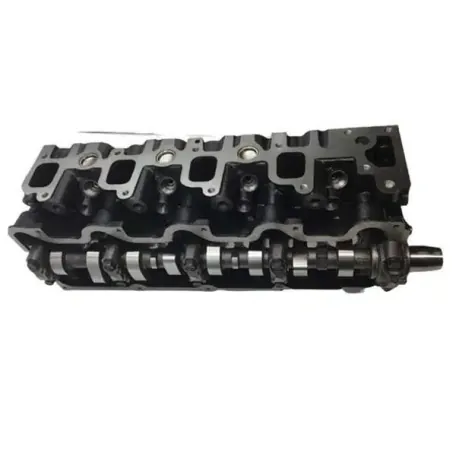Optimize Your Design with EPM1270F256C5N Programmable Chip

The EPM1270F256C5N is a highly versatile programmable chip that offers designers a wide range of benefits. With 1270 logic elements and 980 macrocells, this chip can handle complex logic designs with ease. Its in-system programmable feature allows designers to make updates and modifications without having to remove the chip from the board. This feature also ensures that the chip remains flexible and adaptable to changing design requirements.
The surface mount mounting type of the EPM1270F256C5N makes installation easy and convenient. This feature makes it easy to integrate the chip into your design, regardless of the size of the board. The voltage supply of 2.5v or 3.3v ensures that the chip can operate under different power conditions. This feature is particularly useful for designs that require low power consumption.
The EPM1270F256C5N operates within a temperature range of 0°C to 85°C. This temperature range makes it ideal for use in various environments, from industrial to commercial applications. Whether you are designing a product that will operate in extreme temperatures or not, the EPM1270F256C5N provides the versatility needed to withstand different temperature conditions.
The EPM1270F256C5N is part of the Max® II series of programmable chips from Intel/Altera. This series of chips is known for its high performance and reliability. The EPM1270F256C5N is no exception, with a delay time Tpd(1) max of 6.2 ns. This feature ensures that the chip can handle high-speed applications with ease, making it ideal for use in applications that require fast response times.
In conclusion, the EPM1270F256C5N is a highly efficient programmable chip that provides designers with the flexibility to create complex logic designs. Its in-system programmable feature, surface mount mounting type, voltage supply, and operating temperature range make it ideal for use in various applications. Whether you are designing a product that requires high performance or low power consumption, the EPM1270F256C5N is an excellent choice for your design needs.



